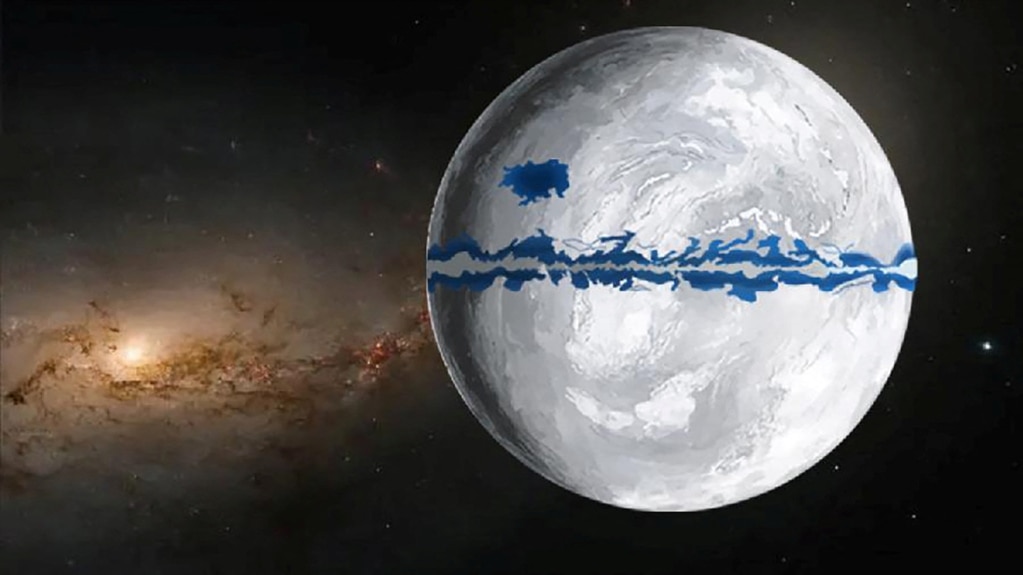Life on Earth faced an extreme test of survivability during the Cryogenian Period, which began 720 million years ago. The planet was frozen over most of the 85 million-year period.
Scientists say Earth would have looked like a shiny white snowball in space during the deep freeze.
But life somehow survived during this time called "Snowball Earth." A recent study offers a deeper understanding as to why.
Fossils identified as seaweed were found in black shale, a kind of rock, in central China's Hubei Province. The scientists said the fossils are a sign that livable water environments were more widespread at the time than they once believed.
Nature Communications published the research this month.
The findings support the idea that the planet was more of a "Slushball Earth” with melting snow. This enabled the earliest forms of complex life to survive in areas once thought to have been frozen solid.
The fossils date from the second of the two times during the Cryogenian Period when ice sheets stretched from the poles toward the equator. This period, called the Marinoan Ice Age, lasted from about 651 million to 635 million years ago.
Huyue Song of the China University of Geosciences was the study’s lead investigator and writer. The researcher said the most important finding was that ice-free, open water conditions existed in place during the last part of the Marinoan Ice Age.
"More extensive areas of habitable oceans better explain where and how complex organisms such as multicellular seaweed survived," Song said.
The findings demonstrate that the world's oceans were not completely frozen. It means areas of habitable refuge existed where multicellular organisms could survive, the scientist added.
Earth formed about 4.5 billion years ago. The first single-celled organisms appeared in the first billion years of the planet's existence. Multicellular organisms arrived later, maybe two billion years ago. But it was only after the Cryogenian period that warmer conditions returned. That helped drive a quick expansion of different life forms about 540 million years ago.
Scientists are trying to better understand the start of "Snowball Earth." They believe a greatly reduced amount of the sun's warmth reached the planet's surface as its radiation bounced off the white ice sheets.
Seaweed and fossils of some other multicellular organisms were identified in the black shale. This seaweed was a photosynthetic organism living on the seafloor in a shallow sea environment lit by sunlight.
"The fossils were preserved as compressed sheets of organic carbon," said researcher Qin Ye, also of China University of Geosciences.
Multicellular organisms including red algae, green algae and fungi appeared before the Cryogenian and survived "Snowball Earth."
The Cryogenian freeze was much worse than the most recent Ice Age that humans survived. It ended about 10,000 years ago.
I’m Caty Weaver.

